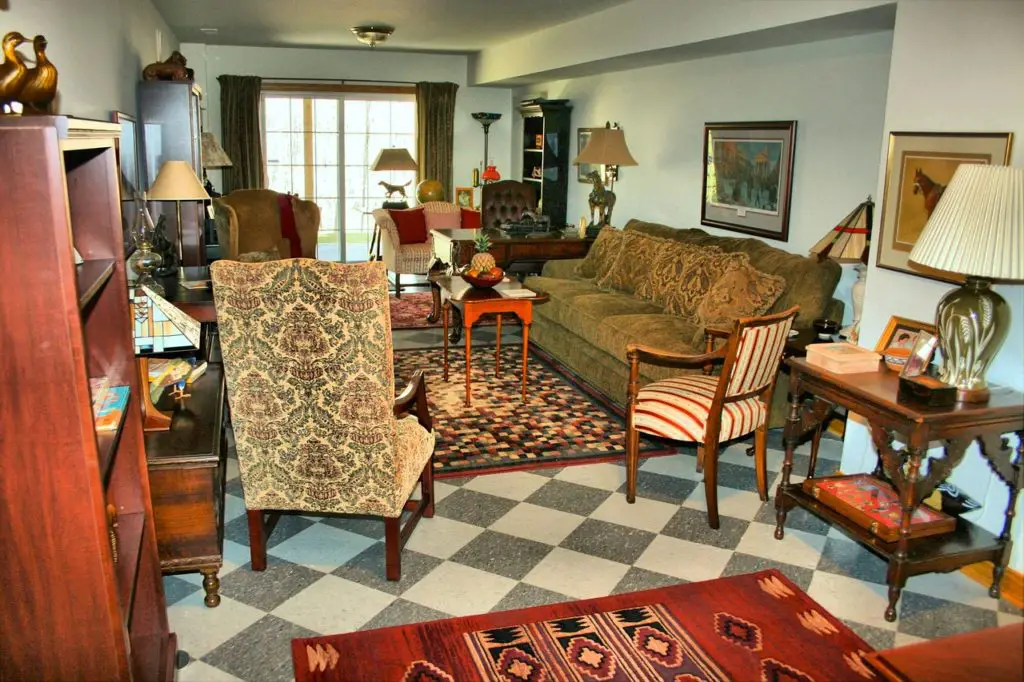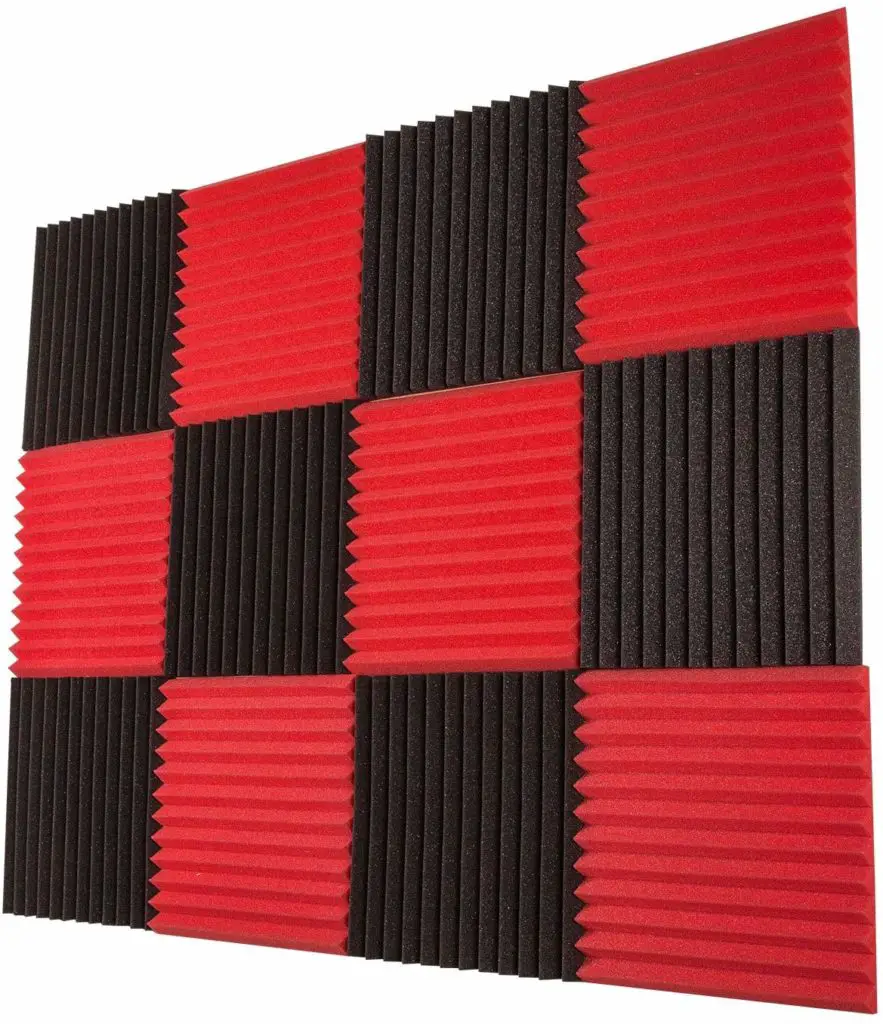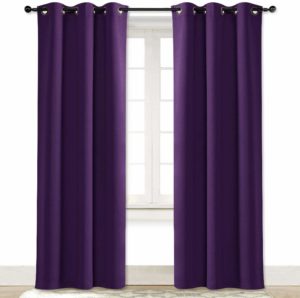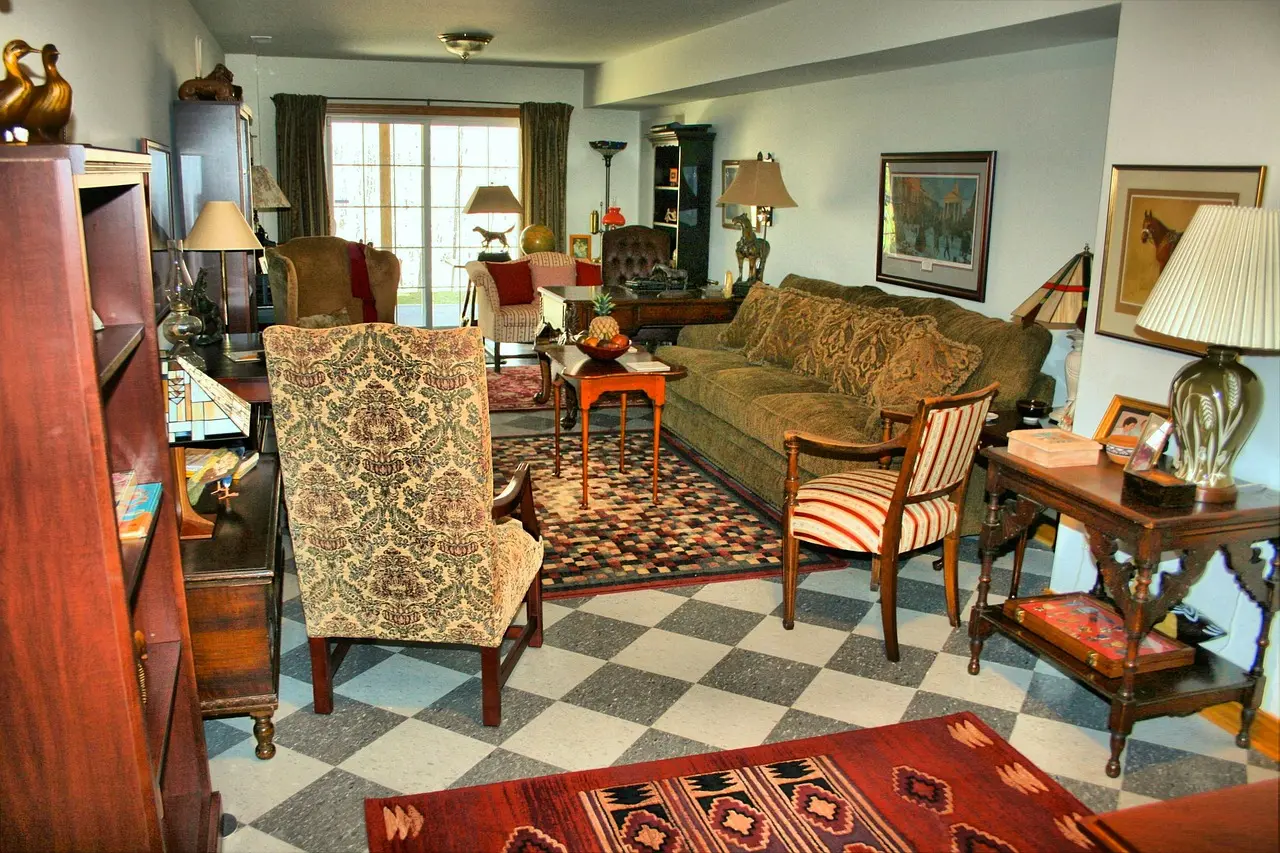When I started taking on soundproofing projects at home, I was on a tight budget and there was no way I could put in a lot of money towards these projects. So, I had to figure out how to soundproof a room cheaply without breaking the bank account.
Likely, I found some cost-effective ways you can use to help keep excessive noise at bay. Well, if you have the money to invest in more efficient ways, that’s great.
However, if you are like me when I started and are looking for cheap soundproofing ideas, I will share with you some of the cheap soundproofing tips you can start implementing right away at home to help reduce the noise in your room.

Getting a soundproof professional to do this job will require a lot of money. But when they do the job, it is a permanent and best soundproof solution.
Not all of us have plenty of money to put into these projects. Here, you find some of the cheap and easy DIY ways to soundproof a room. The noise won’t be completely eliminated but you will drastically reduce the noise impact.
Whether you are trying to block noise from entering or leaving the room.
Cheap Soundproofing Ideas
Below are some cheap soundproofing ideas you can use to make the room less noisy.
1 . Hang Soundproof Blankets
Blankets are a good way to block noise when on budget. If you have some blankets at home you are not using, this might be the time to make use of them. You can also add the quilts.
When soundproofing with blankets, use the thick one as much as possible for good results. Now, depending on whether you are trying to block sound from entering the room or you want to keep the noise inside the room, you will hang the blankets accordingly.
For the sound outside, you will need to identify the source of the sound in the room. It could be through a particular wall, door, ceiling or window.
Put the blanket over the source of the sound. That way, before the sound gets in the room, the blanket will help in absorbing its energy.
To keep sound inside the room, you will need to put the blankets on all sides of the room. Most of the sound energy will be absorbed by the blankets before it reaches outside the room.
In case you don’t have blankets laying around that you can readily use, you can get these soundproof blankets and select the one you can afford and the color you like.
2. Cheap Soundproofing Foam
These egg crate like foams are not only cost-effective but also high performing sound absorbers. These foams can provide strong noise reduction over a wide range of frequencies.
If your budget is tight, you can still use these cheap soundproofing foams to do great things in your room. They are especially good for airborne sound.
Some of these foams are self-adhesive but many are not. In a case where you got the ones without adhesive, you can purchase the double-sided foam mounting tape to mount them without damaging your walls.

On market places like Amazon, you will find so many different soundproof foams at a cheap price to select from. You can mix and match colors if you like.
3. Hang Acoustic Panels
If you would like to use the acoustic panels, you can opt for the 12″x12″ panels with a 2″ depth curve relief. These types of acoustic panels do well in absorbing low to high frequencies. These are certainly one of the best ways you can soundproof a room.
These panels are generally pretty lightweight and come in a variety of colors to match your decor. Inexpensive acoustic panels, like these foam panels, are easy to install and help to absorb unwanted sounds.
Use a panel that is mostly fiberglass with a thin Mylar perforated facing. These types of panels have the highest ratings in sound absorption values.
Some of the panels already have an adhesive peel. But in a case it is not having, you can use panel mounting tape or spray adhesive to glue the panels to the walls or ceiling.
You can cover all or just parts of the surface, depending on the amount of dampening you desire. This cuts down on the ‘noise’ inside the room.
4. Soundproof Curtains or Drapes
Soundproof curtains can be found in many numbers these days. All promising the same thing. But not all are effective.
A good soundproof curtain is quite heavy and well insulated. This, however, makes them expensive. But not to worry. You can still find decent and cheap soundproof curtains to use for your room.
Soundproof curtains can be used on the windows, walls and the door to add a reasonable amount of mass to them. They might not be effective as the sound deadening blankets, but they do a decent job when combined with other ideas here.
Soundproof curtains come in different colors and lengths for you to choose from. You can select the one that compliments your room decor. It should be longer to cover the entire window from top to bottom.
Just as with carpets, the heavier the curtains are, the more effective they’ll be at soundproofing a window. Blackout curtains are usually quite heavy duty in order to block out light, so they can often be a good place to start.
If possible, look for curtains or drapes that are made from several layers of material, as this will add even more mass in front of the window.

5. Deal with Gaps and Cracks in windows and Doors
This is probably the first thing you should do when you are soundproofing door and windows. the door and windows have the biggest openings in the room.
Check for gaps and cracks on the windows and doors.especially around the window and door frames, the door jamb and stuff. These places can leak sound. The rule of thumb is if air can pass through it, so can the sound.
One way to deal with those small gaps and cracks is to use a soundproof weatherstripping tape. This product is quite cheap and different brands have their prices. But with just about $10, you can get one online or at your local builder’s store.
For a more permanent solution to sealing the gaps, you can also use caulking. Caulking takes a little bit of time but it is also a cheap, efficient and permanent solution. Unlike the weatherstripping tape that you can easily peel off.
These caulks also can be found at different prices and for a little amount, you can get one that will do a decent job.
When it comes to taking care of the door jamb, you can use the weatherstripping tape or get a door jamb kit to seal the top and the two sides of the door.
6. Install a Door Sweep or Draft Stopper
Both perform a similar function of helping you block noise. The door sweep might take time to install while the door draft stopper doesn’t take long to fix.
There are other benefits that come with either of these. They will in preventing insects, bugs, cold air or warm air from entering the room.
7. Fill the Room with Furniture or Other Items
Strategically placing your furniture in problem areas can break up sound waves and cause the sound energy to dissipate far more quickly than it would if you just allowed it to bounce freely around your room.
If you have a problem with sound coming vibrating through a wall then you could place upholstered furniture against the wall to help absorb the vibrations, this can work very well as the sofa or armchair acts as a dampener preventing your wall from amplifying the sound vibration as a drumskin does.
For example cabinets or shoe racks could be placed near the door to break up sound that travels through the gaps in your doorframe.
8. Place Thick Rugs on Floor
Not only do these floor rugs give the room a good visual appeal, but they also help in absorbing echoes and sounds. If the room floor is made of laminate, wood, tiles or even marbles floor, you will notice that these types of floors transmit impact sound easily.
An example is footsteps on heels, an object falling on the floor, hammering, jumping, etc. Immediately they have an impact on the floor, the vibrational sound is going to travel fast through the floor to both upstairs and downstairs.
To minimize this impact sound, installing a carpet or a rug on the floor will help to dampen the impact of the sound vibrations.
9. Puzzle Exercise Mat
Ever seen these puzzle exercise mats in the children’s classroom or the gym?. Well, they can be used in the room as well to reduce impact noise on the floor.
As the name suggests, these are simply puzzles that you join together to create a mat. The material used in making them are thick rubber that has noise-dampening ability.
You can use them for any room that you desire, whether it is the children’s room, the home gym, the bedroom, etc.

There are different colors, prices and designs you can select from to suit your thirst. Some are cheap than others. So you can go for the cheap options which are decent.
10. Use Egg Cartons/Crates on Walls
Egg cartons are good for reducing echoes. can be used to redirect and thereby deaden sound. They are a cheap alternative to sound-dampening material.
The downside of using egg crates is, filling an entire room with egg cartons is time-consuming and unappealing.
Proper placement of a handful of them will help nearly as much. Stagnated placement on large walls will help reduce additional noise.
you may use these egg cartons as a supplement to some real soundproofing method such as acoustic panels, soundproofing blankets, curtains, weatherstrips, etc.
Also, egg crates can be used simultaneously with some other alternative methods to significantly decrease the overall noise.
They are cheap but not visually appealing if filled in an entire room. You can get free ones from friends and family or you can purchase some online.
11. Place Unused Mattress against the Wall
You can also stand unused mattresses against the walls to dampen sound. This works well but is an ugly alternative. You may have some guest mattresses or unused old children mattresses in the house that you can make use of in this situation.
Identify the wall the sound is leaking from the most and lean the mattress against it. A mattress is good at absorbing the sound from impact sound.
12. Mount Shaky Items
Using anti-vibrational pads, you can mount shaky items like the speakers, the washing machine, the dishwasher or any other item that makes sound due to their contact with the floor.
Some of the household items can make some uncomfortable buzz that you are not even aware of. You become aware of it only once it is gone.
Putting these vibrational items on a carpet or rug its good. They will only spoil the beauty of the carpet or rug. There are anti-vibrational pads specifically made for mounting these kinds of items.
They are soundproof and anti-wear and tire. Simple get one and place it underneath the item to make the buzz quieter.
These anti-vibration pads can be found for about $12 per pack of 4. It is enough for one machine, and it really serves its function.
After you have placed them underneath the machine, you will be able to hear the difference.
The subtle buzz of a working machine will be even more muffled now that it has something soft underneath it to absorb the sound.
14. Take Care of the Ceiling
The ceiling its not to be left alone if you have upstairs neighbors. You don’t have control over what other people do but you have control over your room.
Your neighbors have the right to enjoy their space as well without been intimidated. Therefore, if the upstairs neighbors are disturbing your peace downstairs, You can soundproof your ceiling by placing noise-absorbing materials such as mass loaded vinyl mat, ceiling tiles, ceiling foam panels, etc.
These soundproof materials will help reduce the impact of the noise from the upstairs but not completely eliminate it.
Related: Ways to reduce noise from upstairs
The best way to soundproof a ceiling is to drop the ceiling. If your ceiling is high, you can create another ceiling.
Alternative Cheap Soundproofing Ideas Using Construction
If the room walls are made of thin drywall, you can consider adding extra mass by construction. extra mass can be added to the existing drywall.
If you are improving the existing wall, you can build a basic wall frame and attach it to the surface, anchor it with studs, then cover it with a new layer of drywall or sheetrock. When choosing the drywall, ensure it is thick and denser to be more soundproof.
Decouple the wall
You do this by separating the two layers of the wall. Build a wall from two sheets of drywall or sheetrock with as much space as possible between them. When sound travels into the wall, some f the energy will be absorbed and some reflected.
So the first wall will absorb and reflect the sound before it gets to the second wall. Decoupling can make worse blocking out low frequencies, due to resonance of the wall, if the gap is only 1 inch or less, use a damping compound like green glue to fill it to counter this effect.
Use sound Clips or Resilient Channels
These soundproof materials are placed somewhere between the studs and the drywall, therefore, providing another layer of sound reduction.
Resilient channel is a springy metal channel designed for soundproofing. Screw this to the studs and drywall using offset screws. This may improve high-frequency blocking at the expense of low frequencies.
Sound clips are the most effective method, absorbing sound with heavy rubber components. Screw them into the studs, insert a hat channel, then screw the drywall into the channel.
Still looking for more DIY ways to soundproof a room, Read this article.
You can fill the walls you have created with a soundproof compound. These damping compound converts sound energy into heat energy.
This compound is versatile and can be used between layers of walls, floors or ceilings. It is also able to absorb low frequencies that only the additional drywall cant do.
This way, even if you are playing loud music it won’t be leaking out.
- How to Chew Quietly While Eating-Effective Tips - April 14, 2023
- Why is My Clutch Pedal Squeaking – Causes & Fixes - April 14, 2023
- Propane Tank Making Hissing Noise (Solved) - February 25, 2023

